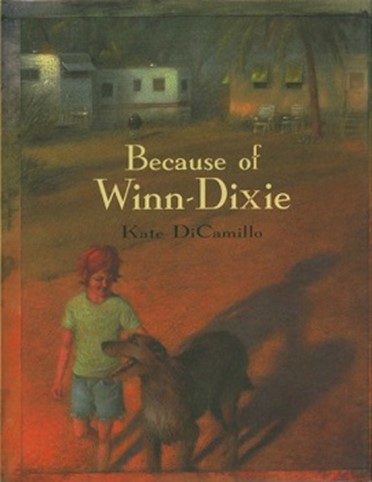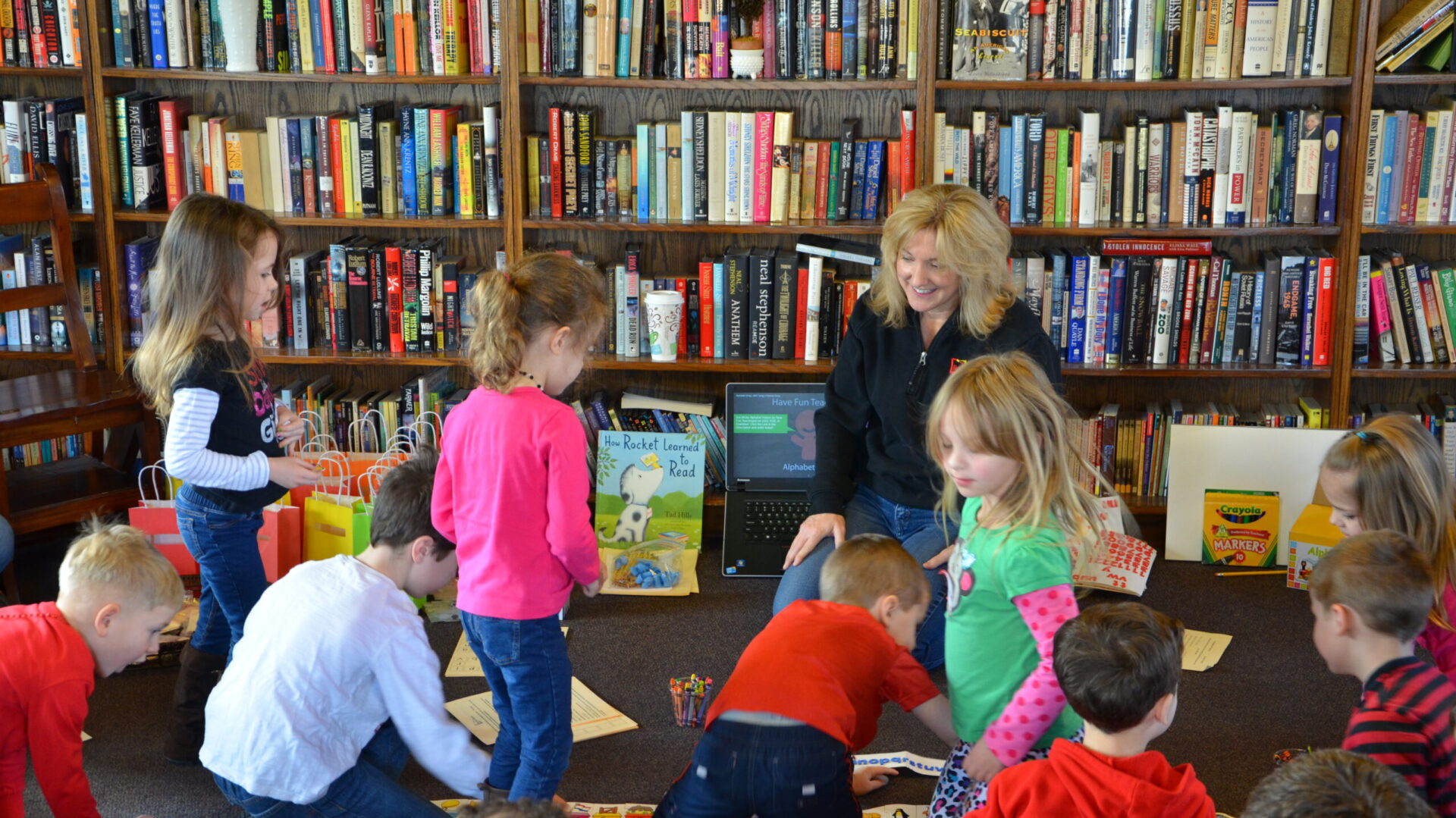
Hello Book Bums families!
August has arrived, and we have some fun facts about this summer month:
• This month is named after Augustus Caesar.
• August contains some fun food holidays such as Watermelon Day, S'Mores Day, and Potato Day.
• August is International Pirate Month. Arrgh!
• A person born in August will have Leo or Virgo for their zodiac sign.
This week in the newsletter we're sharing book recommendations, word games, and ideas to make your read-aloud time even better. Enjoy!
Bookbums.com is an Amazon Associate; We earn from qualifying purchases. This means that if you click on a link to Amazon.com and make a purchase, We may earn a small commission at no extra cost to you. We do recommend the products. Feel free to find them by other means.
Word of the Week
verify (vair-ih-fy) verb/action word - to make sure something is true or accurate
Her green bracelet verified that she had passed the swim test and could safely use the diving board and the slide.
Literary Calendar
• August 9 is National Book Lovers Day!
• You could mark the day with a trip to the library or your favorite bookstore.
• You could also find your favorite reading spot and disappear into a book.
• Maybe recommend a favorite title on your social media.
• Reply to this email to share how you celebrate or what book you're reading. We'd love to feature reader favorites in a future newsletter!

From our Bookshelves

Kate DiCamillo. Do you know that name? She writes children’s books. My favorite of hers is Because of Winn-Dixie.
I follow quite a few authors on social media. Today I saw this post from DiCamillo.
I signed for a package last week.
The delivery guy said, “DiCamillo?”
I said, “Yes.”
“Wait,” he said. “Did you write Because of Winn-Dixie?”
“I did.”
“Oh, wow,” he said. My third-grade teacher read that book to us. I’ll never
forget it.”
And then he smiled at me—this radiant, beautiful smile—and I suddenly
saw him as an eight-year-old kid, sitting in class, listening to a story.
That man’s third-grade teacher is out there somewhere, and I wanted to
let her know this: he remembers. He remembers you reading to him.
I luxuriated in some big feelings and thought . . . That teacher could have been me.
I went through my files feeling certain I must have already shared about this book in our newsletter but was disappointed to learn I had not.
If you have not, yet, read Because of Winn-Dixie this is an absolute must for you. It doesn’t matter whether you have a child to read it to, for you will thoroughly enjoy the story as an adult.
I hesitate to add this, but you can watch the movie Because of Winn-Dixie on Roku. It’s really good. But please, please read the book.
Tips for Readers and Writers
Not so long ago, I shared about the immense joy that can come when someone reads aloud to us. My husband pushed back. He says that not everyone is a good oral reader, and he’s probably right. That got us thinking. What makes someone good at reading aloud?
Here’s what I’ve come up with:
Good oral readers . . .
1. choose great books. (Need help choosing? Reach out. We can help!)
2. don’t rush the reading. They luxuriate in the story. Sometimes they read quickly, and sometimes they read slowly, but their pacing always matches the spirit of the text.
3. use vocal expression to convey the emotions of the characters or narrator. This can include accents. (Every single time I read Because of Winn-Dixie, I don my best southern accent. It’s never an intentional move. I simply follow the author’s lead, and great authors always lead.)
4. use facial expressions and body language to further convey the message of the text.
5. explore feelings and foster empathy by periodically sharing their own feelings and by checking in with kids about how they’re feeling throughout the story.
6. read with confidence. Bashful readers can be boring readers. Good oral readers strive to bring the text to life, even if it means getting out of their comfort zones.
7. learn to read the punctuation like a musician reads music. Commas mean the reader should slow a bit. End marks indicate a full stop. Skip an extra beat when beginning a new paragraph, and when there are two spaces between paragraphs, that means the reader should sustain an even longer pause because there’s a change in the setting (time &/or place the story is taking place)—and the readers’ voice. Chapter changes are great stopping spots. They’re also the perfect places to pause for discussion.
8. know that interrupting the story too often is frustrating for the listener. Every interruption must be a measured move.
9. allow themselves to be swept up in the story. They gasp when they’re surprised. They giggle when something’s funny. They cry when their hearts are broken.
10. ask questions beyond the typical “quizzing” questions. Their questions foster genuine conversation. They ask the questions they truly want answered.
11. go back and re-read particularly poignant bits of text to better understand them or to simply savor them—though this is done sparingly.
12. eagerly anticipate and greatly value reading with their loved ones, for they know they’re sharing so much more than a story.
If you’re not a good oral reader but you’d like to be, start reading aloud to yourself. Anything worth doing well takes a little practice.

Tips for Families
Have you heard of semantic gradients? Perhaps you’ve heard teachers talk about words having shades of meaning? These are teacher-y concepts, but you can have some fun with them at home, too. In fact, I highly recommend you do.
You can begin by having your kids brainstorm single words that describe how good or bad something is. Here’s a short list to get you started:
good, decent, terrible, awful, dreadful, splendid
Try adding some words to the list. It can be helpful to provide students with sentence stems like the following:
The hotdog tasted ________.
The new movie was ________.
My broken toe feels ________.
Simply record the words (they must be individual words) you and the kids come up with.
Next, divide the list between you and write every word on its own slip of paper or index card.
The final step is to place the words in a progression from the worst to the best. As you work together to place each word on the continuum, all participants should make a case for where they feel particular words should go. Question one another as you contemplate word placements and adjust as necessary until everyone feels good about the progression.
You can equip your kids with the vocabulary words synonyms (words having similar meanings) and antonyms (words having opposite meanings). If the words are close to one another in the progression, they’re synonyms. If they’re at opposite ends, they’re antonyms.
I’m including an additional semantic gradient document you can explore with your kids. You can discuss the synonyms and antonyms, add words, and guess meanings according to their placements on the gradient and then look them up to verify the meanings. You can also create additional gradients in the same manner.
You can do this kind of activity while you’re out for dinner and waiting for the food to arrive at your table. Challenge your kids to use one word from your gradient as they talk with the server. Make a deal. If they do it, they get dessert! (That could inspire even MORE words!)
Wordology Workshop
• The Latin root ver means truth.
• You can find it in our Word of the Week, verify, which means to make sure something is true.
• This common root shows up in many words: verdict, version, veracity, very, verisimilitude.
• Can you see how truth is part of the meaning of each word?
Practical Grammar
We’ve all heard people say things like:
Where is he at?
Where are they at?
Now there’s a “rule” that says we should not end sentences with a preposition. While at is indeed a preposition, this is not a hard fast rule; so I’m not going to push that objection.
The better justification for eliminating the at is that it’s redundant. Asking “Where is he?” or “Where are they?” is sufficient. No at needed.
However, because we often use contractions (again, to simplify), it is a bit awkward to say,
“Where’s he?” or “Where’re they?”
When we contract those first two words, it feels like we need something more, doesn’t it?
Hmm. Maybe that’s how the at made its way to the ends of sentences. It still makes me cringe, but I think I understand how we got here.
If you know someone who would benefit from our newsletter or tutoring at Book Bums, please share this email with them! Thank you.
Copyright © 2024 Book Bums, All rights reserved
Our mailing address is:
7967 Cincinnati-Dayton Road Suite L
West Chester, OH 45069

